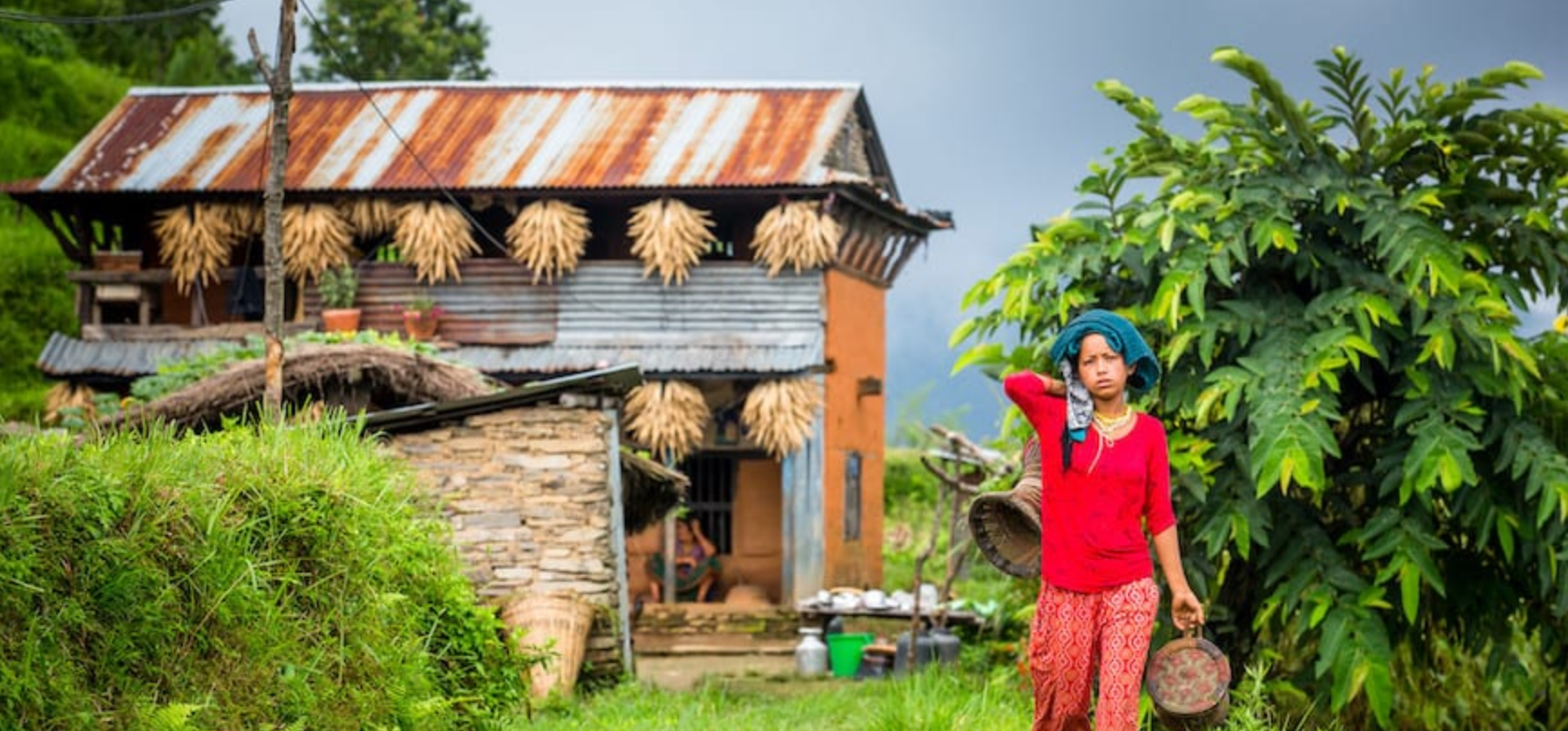The majority of housing stock in developing countries is self-built. In fact, research shows that between 50% to 90% of houses are built under an owner-driven construction model, whereby homeowners undertake the building of their homes themselves. Construction is most often done incrementally: Households save a little, then build a little. With this process, houses can take between 15 and 30 years to finish and often suffer from severe quality and structural issues.
For microfinance institutions (MFIs) seeking to serve the millions of low-income homebuilders, understanding the impact of their loans has been a challenge. Though MFIs may assist households in overcoming significant financial hurdles, they often struggle to guarantee the quality of the construction when homebuilders lack the technical know-how to build a house by themselves. Loans provided by microfinance institutions tend to be small and short-term in nature, as compared to mortgage loans. So families often have construction plans that exceed the amount of funding they can receive through a microfinance institution. Additionally, hiring construction and engineering services may not be possible with their limited funds. Many families try to save money on labor costs by managing their home construction, relying on their immediate network of friends and neighbors to provide labor, which impacts homes’ structural integrity and ability to withstand disasters.
Simultaneously, MFIs lack data to determine how best to structure their lending products to support low-income homebuilder clients’ efforts to build better. They typically look at the family’s economic indicators, but they also need to understand their clients’ entire home building journey to determine the right solutions for them, including financial and non-financial services that can aid in better construction quality. Loans that result in either incomplete housing improvements or low-quality construction increase the lending risk for the MFI. Clients may not be motivated enough to pay back loans if they aren’t proud of the house they’ve built, or if the home’s quality has deteriorated substantially through the life of the loan. Unfortunately, MFIs often do not have access to the information that would provide them with a fuller understanding of customers’ needs, and allow them to facilitate safe construction and help families construct better-quality homes.
A Tool to Better Understand the Needs of Low-Income Home Builders
To fill this knowledge gap, the Terwilliger Center for Innovation in Shelter, a unit of Habitat for Humanity that works with housing market actors to expand innovative and client-responsive services, developed the Housing Quality Assessment Tool for MFIs. The tool collects data on objective indicators, such as a home’s workmanship, disaster readiness, access to services and structure, producing a construction score out of 100. It can be customized to local building codes and is designed to be used alongside qualitative questions that provide a deep understanding of families’ needs, aspirations and pain-points, to further support MFIs’ understanding of the typical customer’s journey. Ultimately, the tool enables users to extract key insights for specific construction improvements that may support increased shelter resiliency for the targeted households.
Habitat’s Terwilliger Center used the tool in its work with Jeevan Bikas Samaj, one of the largest MFIs in Nepal. The organization wanted to know if borrowers were using their loans for the intended purpose, if the homes they constructed were of good quality, and how the MFI could add more value to the customer experience.
A Terwilliger Center survey of 202 low-income Jeevan Bikas Samaj clients found that three quarters used homebuilding loans for new house construction, while approximately one quarter used it for renovations, extensions and repairs. The survey revealed an encouraging trend: Among the 152 families borrowing for new construction, the number of families living in permanent housing, rather than temporary or semi-permanent structures, nearly doubled, rising from 31% to 60%. The survey also found a positive correlation between the size of the loan and the likelihood that the resulting housing would be a permanent structure.
With greater knowledge around the impact of its housing lending products, Jeevan Bikas Samaj gained confidence in its position as a leader in housing microfinance in Nepal. This information also demonstrated how the organization could further improve. The tool ultimately helped the MFI revise its product range to offer larger-sized and longer-tenure loans, while also providing consumer education in safe and disaster-resilient home construction practices.
Bringing Solutions to MFIs and Homebuilding Clients
The Terwilliger Center wants to expand this work. Through partnerships with organizations like Miyamoto International, the Center is designing innovative products and services that enable institutions to not only meet clients’ financial needs, but also to ensure that their homes are safe, sustainable and disaster-resilient.
Prioritizing resilience in design can often be less expensive and more efficient long-term than retrofitting self-constructed homes. Typical retrofits can cost thousands of dollars — unaffordable for most households. Fortunately, new technologies and construction methods are bringing this goal into reach. Indigenous and low-cost methods — from polypropylene bands to bamboo — strengthen house structures at a fraction of the usual price.
Creating lasting change through safe and resilient housing will continue to require interventions across multiple markets and along the whole housing value chain. As Jeevan Bikas Samaj’s experience shows, the structure of a loan and the home it finances shouldn’t be considered in isolation. Rather, the loan, and the resulting home, should be viewed as part of an integrated process for assuring that more families are able to weather the next storm.





